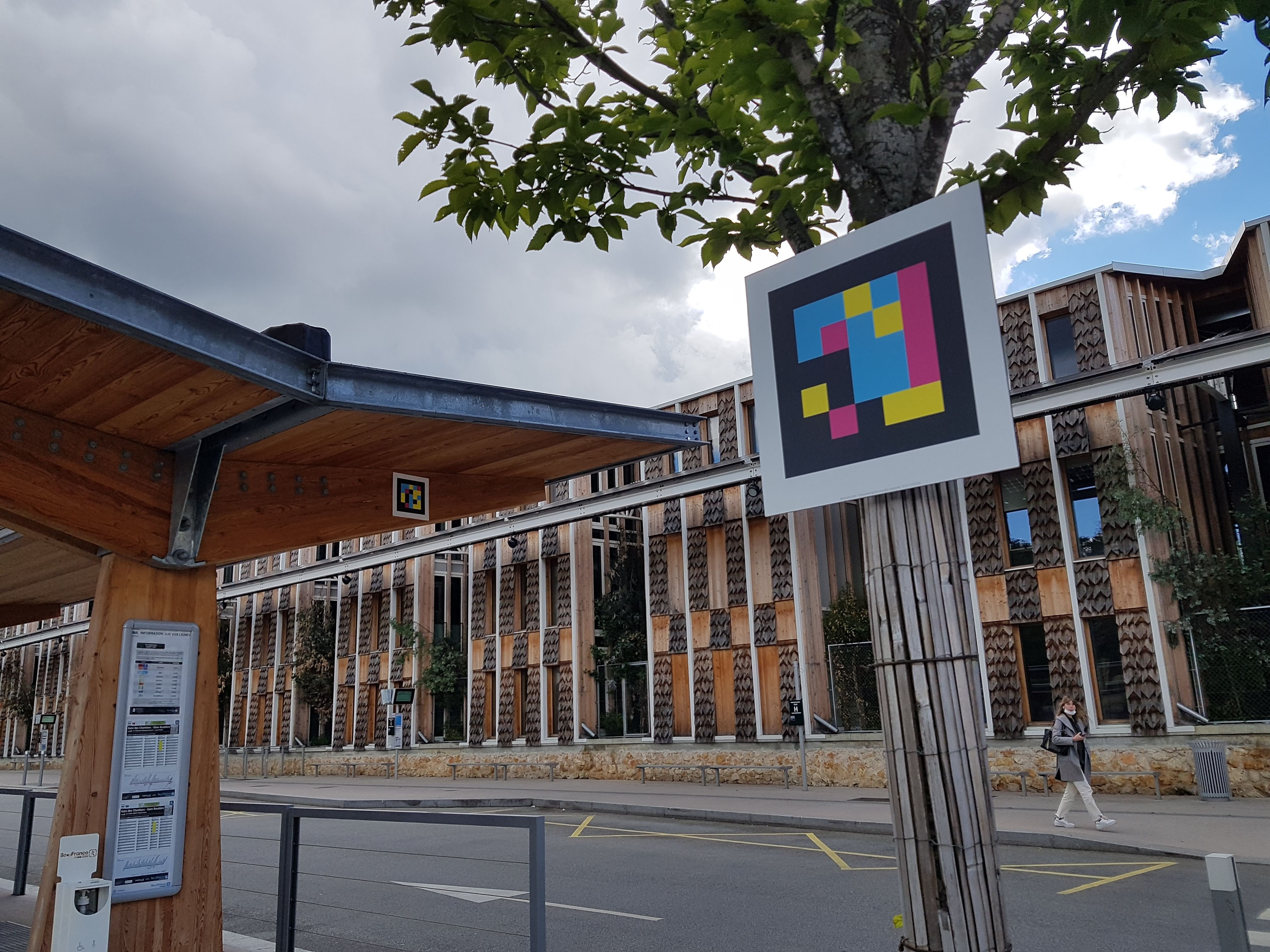
Keolis is testing a solution by NaviLens in the French city of Versailles to help blind or partially-sighted people become more independent as they travel.
NaviLens technology is based on image recognition using augmented QR codes, placed along designated customer itineraries, and a smartphone app that provides voice guidance for visually impaired passengers.
Keolis says patented technology allows app users to capture the QR codes at considerable distances and wide angles.
Once the QR codes have been scanned, users receive help from the app's voice assistant to continue their journey.
The voice assistant tells them how far away they are from the codes and the practical information they contain, such as guidance indications and real-time arrivals of the next bus or train.
Keolis is setting out to validate the technology for future deployment by carrying out tests on specific itineraries connecting the SNCF station and the Versailles Chantiers station with a panel of visually impaired passengers.
Interviews with passengers will assess the quality of the itineraries and collect their feedback on the ease of use.
This assessment will be shared with public transport authority Île-de-France Mobilités and the Valentin Haüy Association, which acts on behalf of people affected by sight loss.
Additionally, NaviLens technology can help tourists and those unfamiliar with the area by transmitting the information in the QR codes in augmented reality in 33 different languages.











